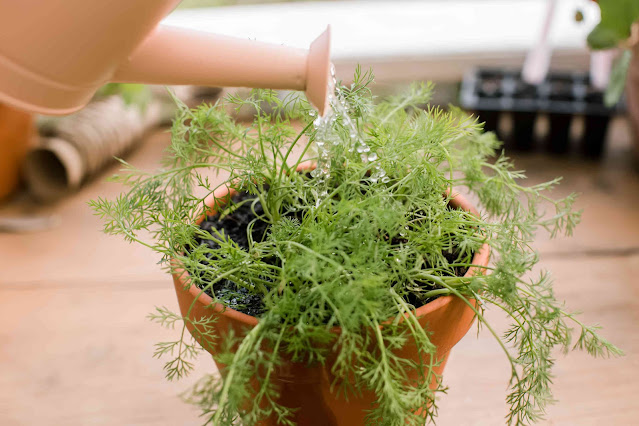Benefits Of Dill Leaves: Discover the Surprising Benefits of Dill Leaves for Your Health and Wellness
A Culinary and Medicinal Delight:
Dill leaves, often referred to as dill weed, are a versatile herb known for their feathery appearance and distinct, fresh flavor. Used widely in cooking and traditional medicine, dill leaves offer a unique blend of culinary and health benefits. Here’s an exploration of what makes dill leaves special and how to make the most of them in your kitchen and beyond.
Culinary Uses of Dill Leaves:
1. Flavor Enhancer:
Salads: Fresh dill adds a bright, slightly tangy flavor to green salads, potato salads, and coleslaws.
Sauces and Dressings: Dill is a key ingredient in tzatziki, ranch dressing, and various vinaigrettes.
Seafood Dishes: It pairs exceptionally well with fish, enhancing dishes like gravlax, salmon, and seafood stews.
Pickling: Dill is a traditional herb used in pickling, adding its signature taste to pickles and other preserved vegetables.
2. Cooking Tips:
Fresh vs. Dried: Fresh dill has a more vibrant flavor compared to dried dill. Add fresh dill towards the end of cooking to preserve its flavor.
Storage: Store fresh dill in the refrigerator wrapped in a damp paper towel or with the stems in water, like fresh flowers, to maintain its freshness.
Medicinal Benefits of Dill Leaves:
1. Digestive Health:
Dill leaves are known for their ability to soothe the digestive system, relieving bloating and gas. They have carminative properties, which help in preventing and relieving gas.
2. Rich in Nutrients:
Vitamins and Minerals: Dill is a good source of vitamin C, A, and several B vitamins. It also provides important minerals like iron, calcium, and magnesium.
Antioxidants: Dill contains flavonoids and other antioxidants that help protect the body against free radicals and oxidative stress.
3. Antibacterial Properties:
- Dill leaves have been traditionally used for their antibacterial properties, which can help fight off infections and support the immune system.
4. Calming Effects:
- Dill has been used in traditional medicine to promote relaxation and reduce stress. It contains essential oils that have a calming effect on the nervous system.
Growing and Harvesting Dill:
1. Planting Tips:
Location: Dill thrives in full sun and well-drained soil. It’s a hardy herb that can be grown in gardens or containers.
Timing: Plant dill seeds directly in the ground in the spring after the last frost or in late summer for a fall harvest.
2. Care:
Watering: Keep the soil consistently moist but not waterlogged. Dill doesn’t tolerate dry conditions well.
Harvesting: You can start harvesting dill leaves when the plant is about 6 inches tall. Snip off the leaves as needed, and the plant will continue to grow and produce more foliage.
Summary:
Dill leaves are not only a flavorful addition to a wide range of dishes but also offer numerous health benefits. Whether you're using them fresh in salads and sauces, incorporating them into pickling recipes, or leveraging their medicinal properties for digestive health and relaxation, dill leaves are a valuable herb to keep in your kitchen and garden. Enjoy the fresh, tangy taste and the nutritional boost that dill leaves provide!






Comments
Post a Comment